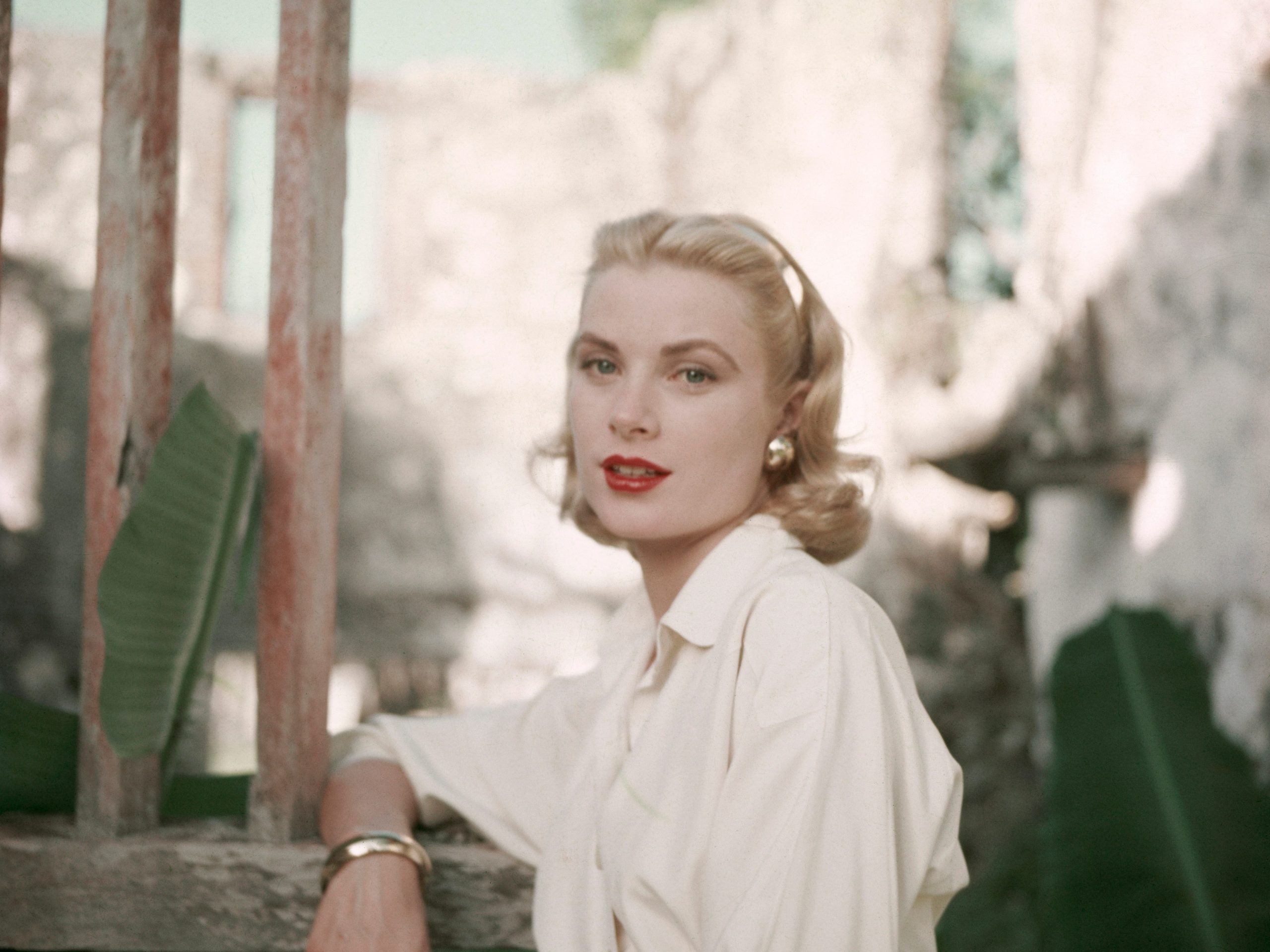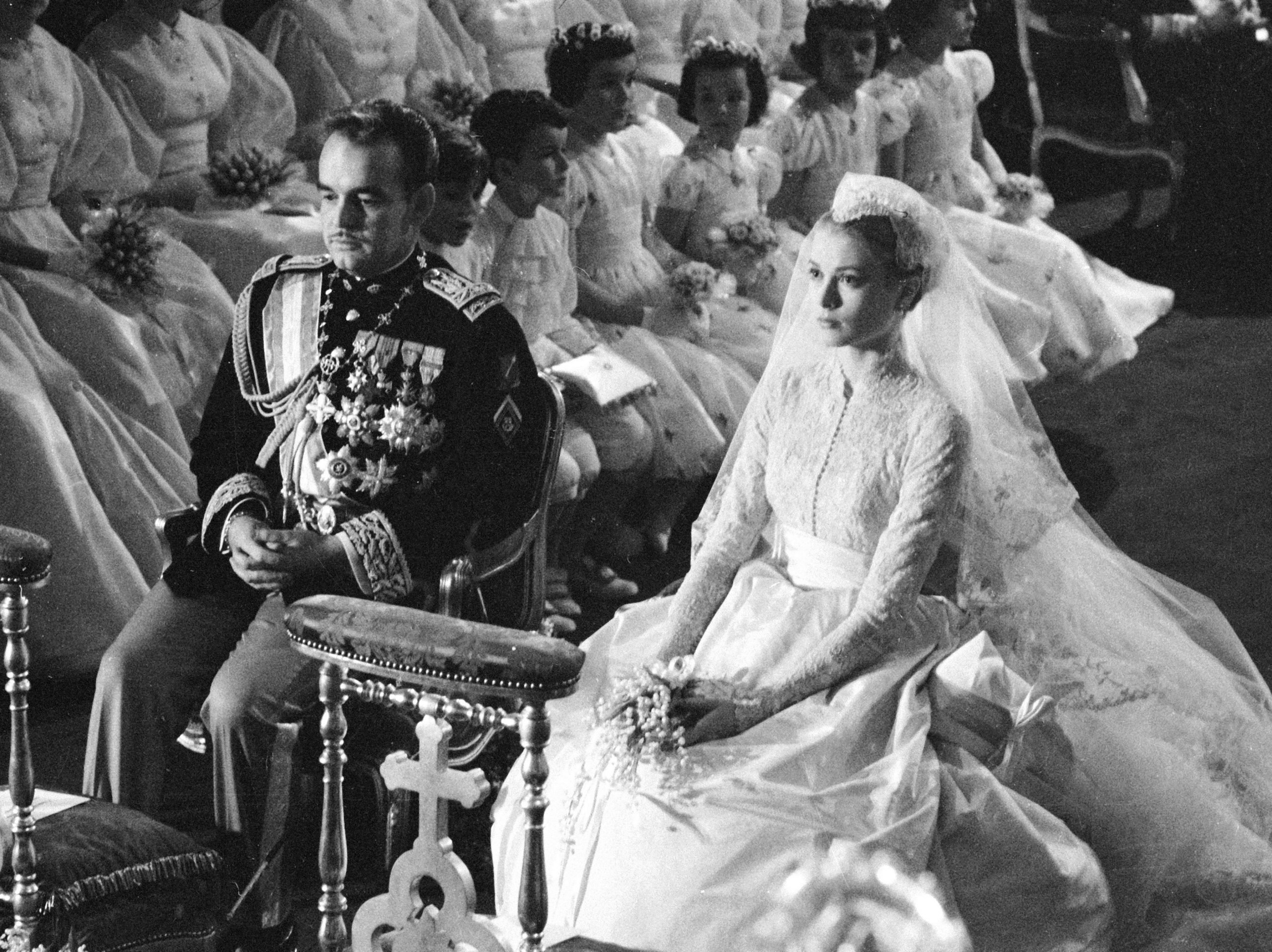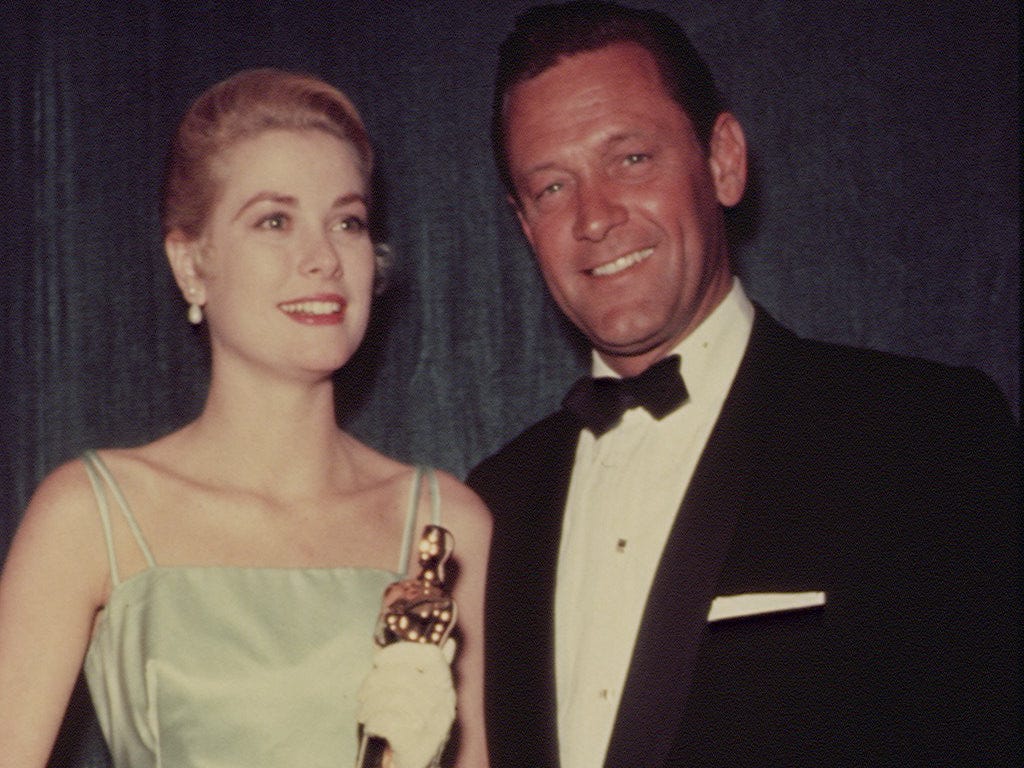
Archive Photos/Getty Images
- Actress Grace Kelly lost her Hollywood millions after she married Prince Rainier III of Monaco.
- A new documentary says that the Oscar winner paid a $2 million dowry to the House of Grimaldi.
- When she died, Kelly had $10,000 to her name and a rundown family cottage in Ireland.
- Visit Insider's homepage for more stories.
In 1956, Grace Kelly was on track to earn her place among Hollywood royalty. After winning an Academy Award for best actress for her role in "The Country Girl" (1954), she traded her life's work and money for a real royal title by marrying Prince Rainier III of Monaco.
According to a new Channel 5 documentary, "Grace Kelly: The Missing Millions," which aired in the UK on March 27, the actress had to pay a $2 million dowry (roughly $20 million today) to the House of Grimaldi in order to marry Prince Rainier, and combined her acting fortune with her family inheritance to pull these funds together.
By the time she died after a stroke in 1982, the 52-year-old icon had $10,000 ($27,000 today) and her grandfather's rundown cottage in County Mayo, Ireland, left to her name.
"What is so poignant about Grace Kelly's story is that she had to pay to become a princess," Gemma Godfrey, a wealth advisor who takes a deep dive into Kelly's finances in the documentary, told Insider.
"Most people think of it as a fairytale, going from Hollywood and suddenly being whisked off to a lot of wealth," she added.

The LIFE Picture Collection via Getty Images
Grace Kelly went from Hollywood royal to princess
Born to affluent Philadelphian parents in 1929, Kelly and her three siblings had a financially stable upbringing in their family mansion. At 18, Kelly departed for New York City, staying in the Barbizon Hotel for Women and studying a $1,000-per-year acting course she funded by modeling.
She caught her onscreen break by landing a role in the Western film, "High Noon" (1952), which won four Oscars, made $18 million at the box office, and put her name on the map.
Kelly was then offered a contract with MGM Studios Inc. and went on to star in Hollywood films such as "Mogambo" (1953), "Dial M for Murder" and "Rear Window" (both released in 1954), and "High Society" (1956).
"Now if we take all of the earnings and the bonuses across those five years in Hollywood, Grace Kelly's total earnings could have reached $1.5 million, or the equivalent of $15 million today, earnings that appear to be entirely missing from her will," Godfrey says in the documentary.
Kelly met Prince Rainier at the Cannes Film Festival in 1955, and they became engaged soon after. They married in 1956.
Kelly planned to keep acting but agreed to retire
According to The List, J. Randy Taraborrelli wrote in his book, "Once Upon a Time: Behind the Fairy Tale of Princess Grace and Prince Rainier," that Kelly had planned on continuing to act after she married the prince, but days later the royal was cited by the Los Angeles Times saying that and he and his wife had decided she would end her career.
The List notes that "it was widely believed that it was Prince Rainier who made his wife stop acting, as Kelly had no plans of retiring at the time of their engagement." However, when asked by one interviewer if she would continue to act after marriage, according to The Times, Kelly responded: "Well that decision will be made by the prince."

Sunset Boulevard/Corbis via Getty Images
Five years into her marriage, Kelly planned to make a return to Hollywood with the lead role in Alfred Hitchcock's "Marnie," but, according to Bustle, Tony Lee Moral wrote in his book, "Hitchcock and the Making of Marnie," that Kelly dropped out due to issues between Monaco and France. Moral's book said that Kelly may have "felt compelled to stay in Monaco while her husband tried to settle problems with France who had ended a treaty with Monaco over their limited tax laws."
A new documentary about Kelly claims she had 3 wills
While Kelly's American and Irish wills do not account for the wealth she amassed from brand deals, jewelry, and fashion collections of items that were gifted to the actress for exposure, and any income she had as a working royal, the documentary claims there is a secret third will that has been locked away in the Grimaldi archives.
When asked why she and the director of the documentary, Adam Warner, suspect there is a third will, Godfrey told Insider: "The realisation that Grace Kelly had only $10,000 in her own name in the US stoked our curiosity. And once the second, Irish will was discovered, it strongly suggested there would be other formal documentation that dealt with the assets she was known for."
"With her Irish assets left in trust with a bank, there had to be a will governing the assets left to her children," she added. "This all led us to Monaco and the discovery of a third will."
In the documentary, Godfrey said they were unable to access the document.
"We've asked to see a copy but the palace said that it's not publicly available," she said. "They've told us that Prince Albert and his family don't wish to disclose its content." She told Insider that if she was able to access the third will, she would hope to see Kelly's assets were bequeathed to her children and her charity, The Princess Grace Foundation.
"If you look at the wealth now of that royal family, her successor Charlene Wittstock is rumored to be worth $150 million," Godfrey said of the wife of Kelly's son Prince Albert II, whose estimated net worth was $1 billion in 2019.
According to the documentary, everyone around Kelly - except the actress herself - financially benefited from the Grace Kelly effect. MGM made millions of dollars from Kelly's films, and even Monaco relied on the princess' allure to attract millionaires to the tax-free haven.
Representatives for the House of Grimaldi did not respond to Insider's request for comment.
